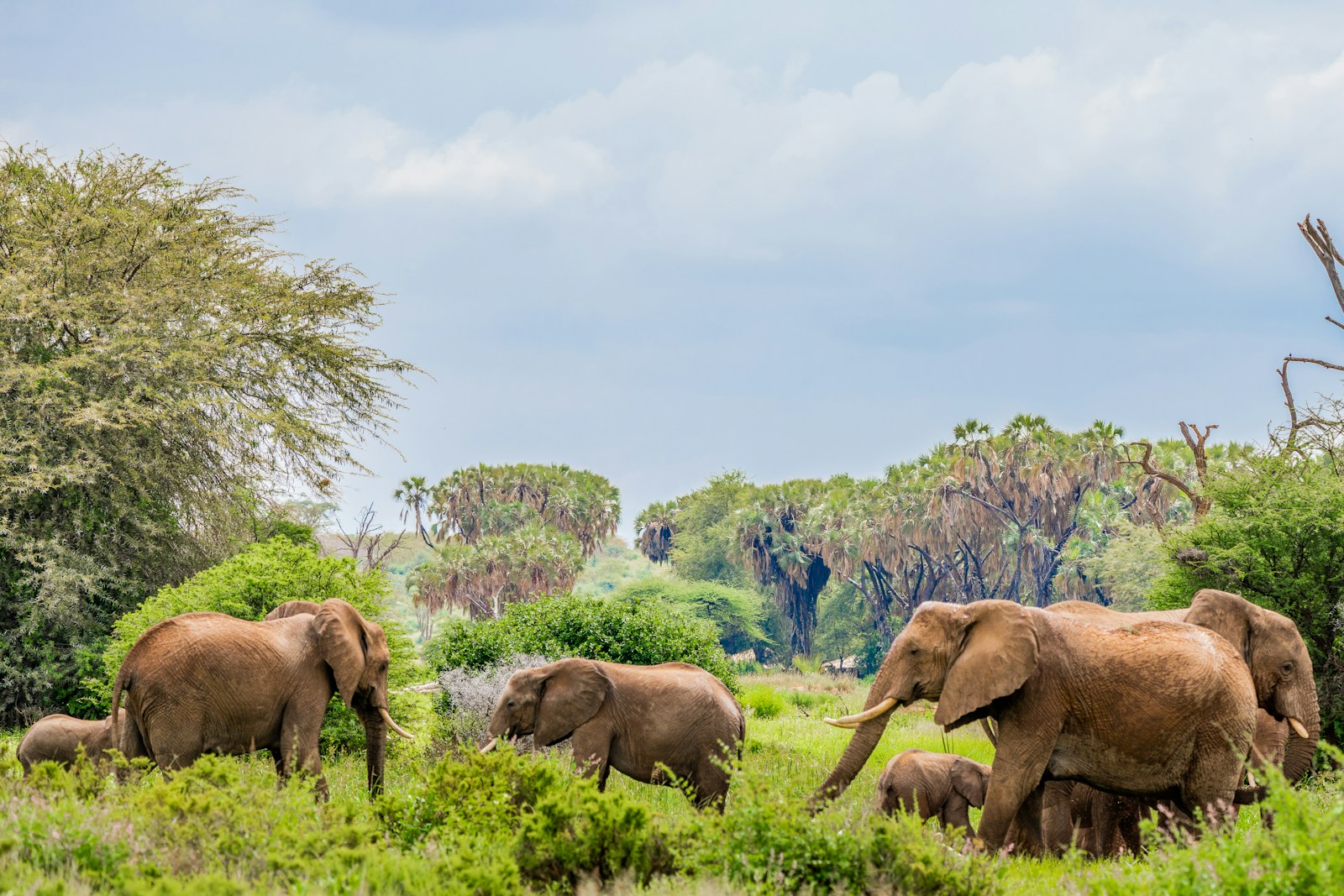Protecting, restoring, and promoting sustainable use of terrestrial ecosystems is essential for biodiversity and human well-being. Wildlife conservation in Africa and forest protection in South America demonstrate effective strategies for preserving life on land.
Case Studies of Life on Land Drives
Wildlife Conservation in Africa
Africa is home to some of the world’s most iconic wildlife species, including elephants, lions, and rhinos. Wildlife conservation efforts in Africa focus on habitat protection, anti-poaching measures, and community-based conservation initiatives to safeguard endangered species and their habitats.
Forest Protection in South America
The Amazon rainforest, located primarily in South America, is the world’s largest tropical rainforest and a biodiversity hotspot. Forest protection efforts in this region aim to combat deforestation, illegal logging, and land degradation through conservation policies, sustainable land management, and indigenous land rights.
Challenges Facing Life on Land Initiatives
Protecting life on land requires addressing:
Deforestation
Deforestation is a significant threat to terrestrial ecosystems, leading to habitat loss, biodiversity decline, and climate change. Halting deforestation and promoting reforestation and afforestation are critical for preserving ecosystems and combating climate change.
Habitat Loss
Habitat loss due to urbanization, agriculture, and infrastructure development poses a serious threat to wildlife and ecosystems. Protecting and restoring habitats are essential for maintaining biodiversity and ecosystem services.
Impact of Successful Life on Land Projects
Successful terrestrial conservation initiatives lead to:
Biodiversity Conservation
Protecting wildlife and habitats helps preserve biodiversity, ensuring the survival of species and maintaining ecological balance.
Protected Natural Habitats
Conserving natural habitats provides essential ecosystem services, such as clean air, clean water, and climate regulation, benefiting both wildlife and human communities.


Leave a Reply